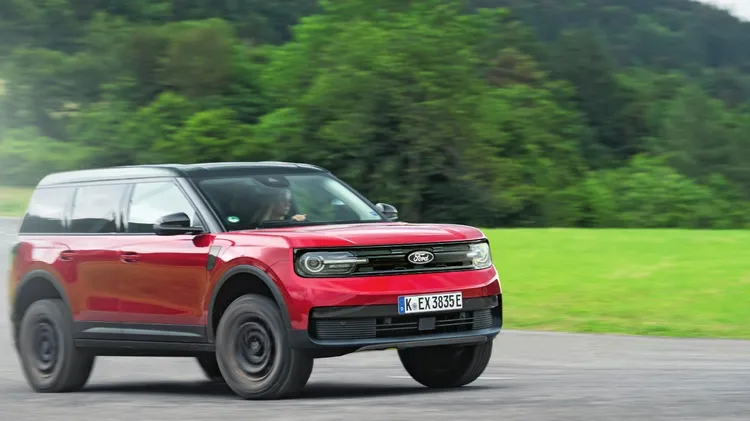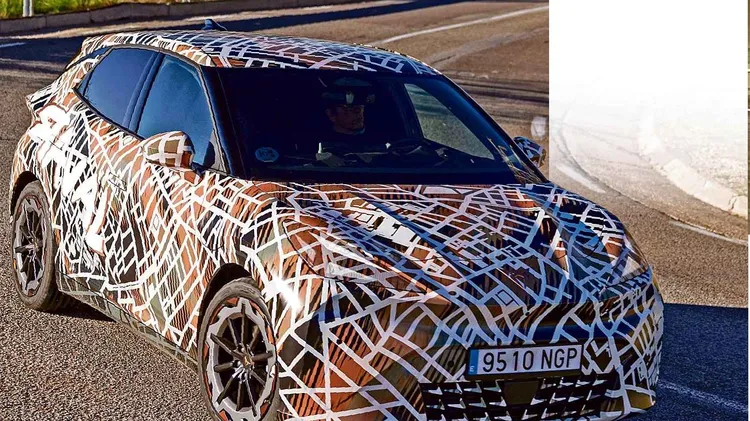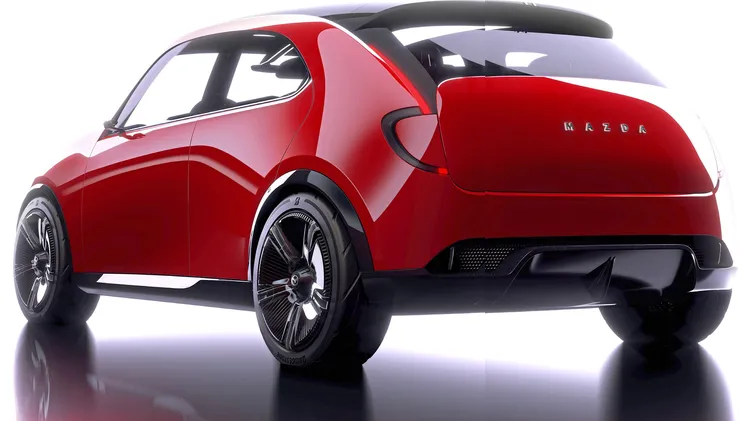Croatian company will expand into ‘mobility’ with self-d
Rimac robotaxi in service by 2026
6 min read
This article is from...
Read this article and 8000+ more magazines and newspapers on Readly






